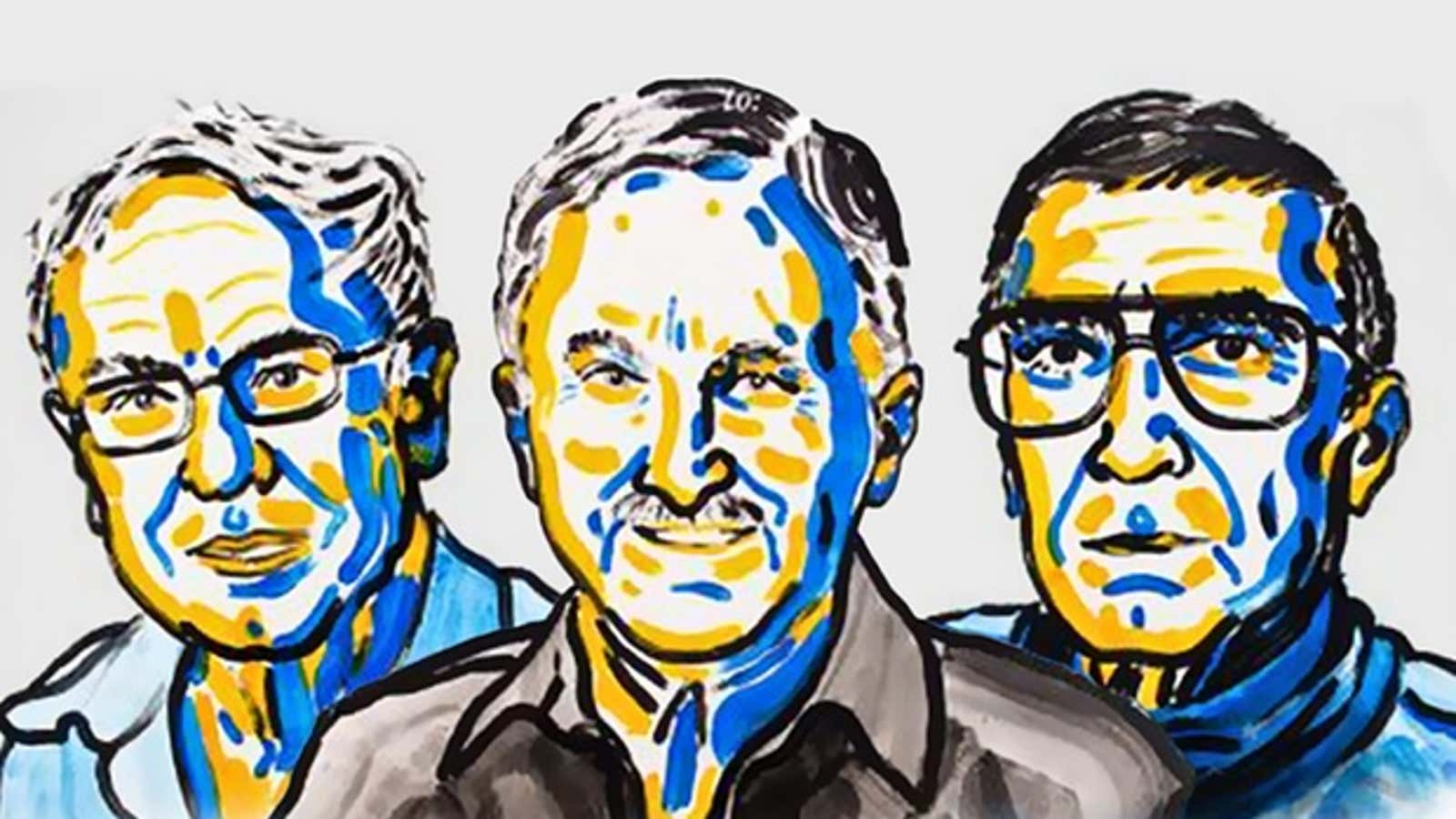DNA is the basis of life, but it is frighteningly delicate. This year’s Nobel Prize in chemistry was awarded to three scientists for uncovering how cells repair DNA damage.
After the structure of DNA was first described in 1953, research to understand how it affects every aspect of life exploded. Amid that burst of activity, Tomas Lindahl, now at the Francis Crick Institute in London, created a whole new field of research when he realized that certain mechanisms do nothing but repair fragile DNA parts.
One of the easiest ways to damage DNA is to expose it to ultraviolet (UV) light. A lot of UV light emitted by the sun is filtered by Earth’s ozone layer, but some still makes it through. Aziz Sancar of University of North Carolina figured out how UV light does this damage and what cells need to repair it.
The body itself can also damage its own DNA. The human body relies on cells replicating, continually copying the billions of base-pairs that create each person’s unique DNA code. But like any machine, the body makes mistakes. Paul Modrich of Duke University figured out how cellular repair kits find and fix mismatched DNA produced during the replication process.
Together, these scientists helped to reveal how every cell in our bodies contains its own DNA proofreading mechanism. Their work has proved crucial in understanding how genetic changes cause diseases such as cancer.
Gene therapy, which features drugs that target damaged DNA, shows how powerful these discoveries can be. The first such therapy is already showing success curing a form of blindness. This year’s Nobel Prize in medicine recognizes the work that has enabled such remarkable treatments.
More on this year’s Nobel Prizes:
